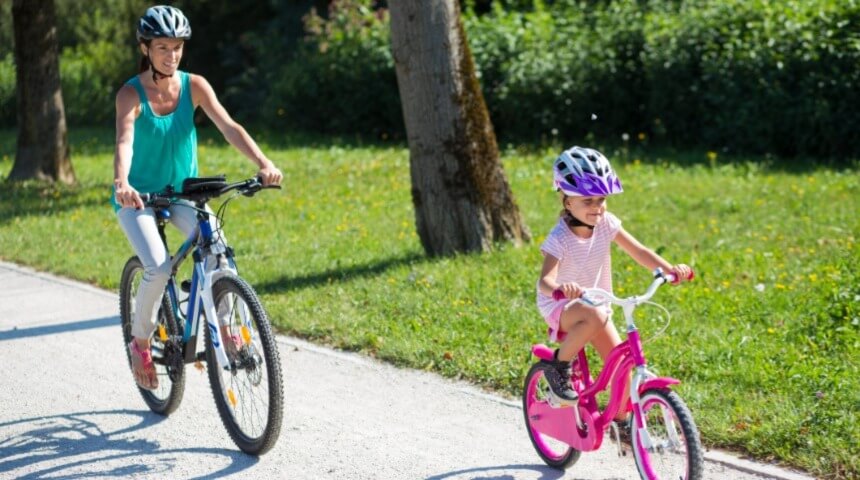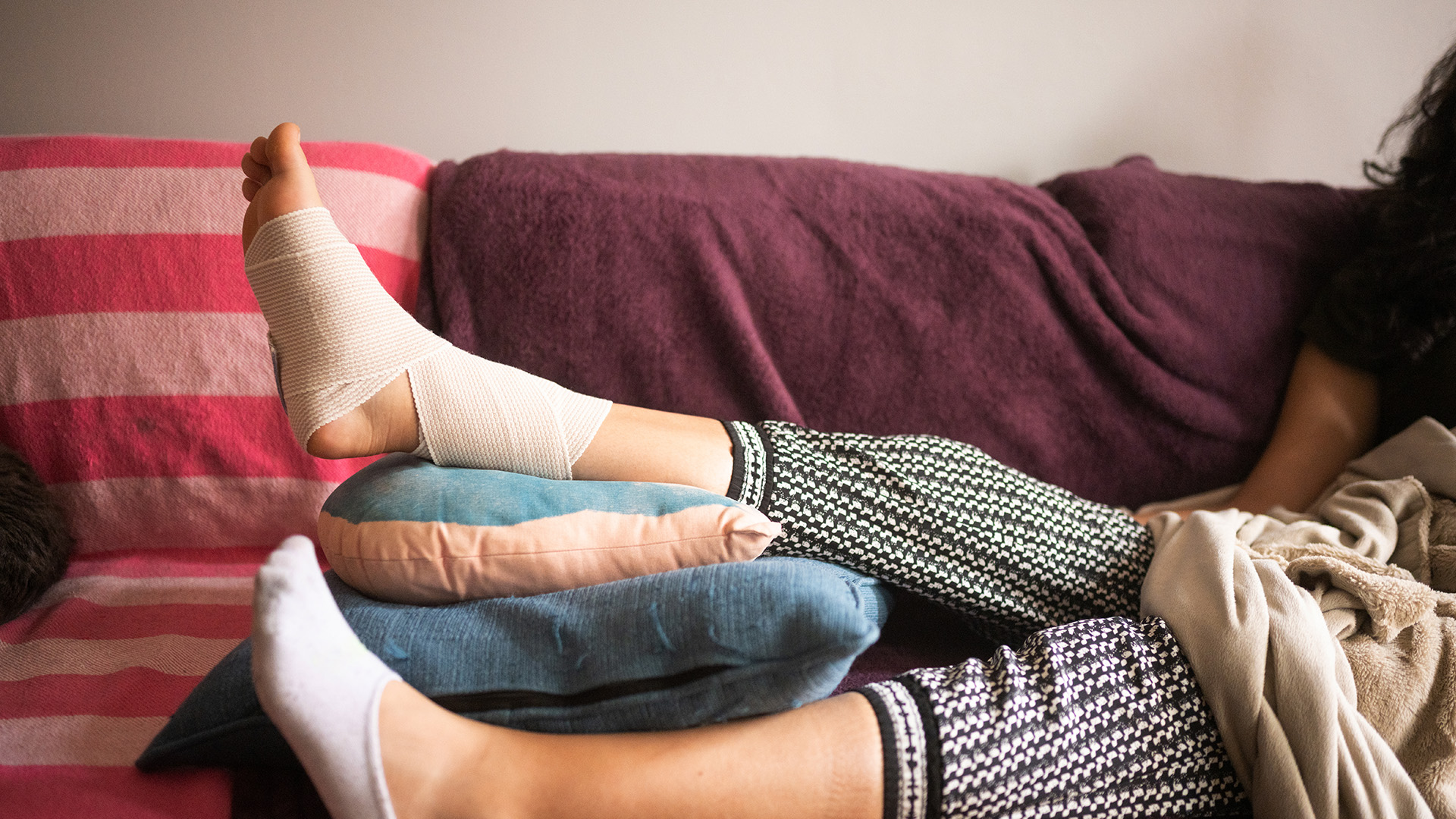Running Your First 5K? Here's How To Avoid Injuries
Running your first race can be both intimidating and exhilarating. You anticipate the natural “runner’s high” that comes with physical activity, the fresh early-morning air and the achievement of crossing the finish line. But if you haven’t trained properly, an injury could ruin the experience.
Training and proper footwear can affect the way you perform during your first 5K and in future races. Here are some things you should consider before your first 5K, what to expect and how to prevent injury.
Common Running Injuries
As with any new activity, it’s not unusual to experience some aches and pains as you develop skill and condition your body to new movements. The most common injuries that runners may develop include knee and ankle injuries. Others are:
-
Achilles tendinitis. Inflammation of the tendon that connects your calf muscle to the heel of your foot.
-
IT band syndrome. Caused by repetitive friction of the IT band, a tissue that runs from your outer hip to your knee.
-
Shin splints. Pain that usually occurs along your shin bones. It may happen if you increase the volume of your running too quickly, particularly on hard and uneven surfaces.
Be Smart About Footwear
The foot and ankle absorb most of the impact when a runner takes to the streets. That’s why wearing the best-fitting shoe possible is important. The right shoe lessens the impact of your step and cushions the foot with support. Shop smart, with these tips:
-
Visit a specialty running shoe store where the sales assistants will know how to help you choose appropriate footwear. They also will be able to recommend shoes and brands that will best support your feet and protect your ankles, based on your gait and posture.
-
Make sure you get the right size, as tight-fitting shoes can lead to blisters and chafing, while shoes that are too loose can lead to falls or ankle injuries. Measure your feet before making a purchase and always try shoes on for fit.
-
Shop in the evening since feet swell during the day and are at their largest in the afternoons.
Training Programs Build Conditioning
If you’ve never run a long distance before, consider training programs such as the Hal Hidgon training program and Couch to 5K (C25K).
They both focus on intervals of brisk walking, jogging and running to train your body and mind to go the full distance. During the first week, you alternate jogging for 60 seconds and walking for 90 seconds. Slowly, the intervals shorten so you’re spending more time running than walking. The Hal Hidgon program guides you from your first long-distance run to more intermediate training — just in case you want to run a marathon someday.
Proper warmups also are important to prevent running injuries. Be sure to stretch well before heading out on your training runs. You might even consider planning where along the 5K route is a good place to stop for a quick stretch break.
Once you’re stretched and ready, walk for a few minutes for a low-impact warmup. Once you’ve completed your run, walk again for a few minutes to lower your heart rate and relax your muscles.
Should I Run Indoors or Outdoors
Training indoors and outdoors both have benefits as they expose your body to different surfaces. Running outside will give you a better feel for the surfaces and temperatures you might encounter during the race. Choose a route for your training with similar terrain as your actual race route. If you choose to train outdoors, be sure to stay well-hydrated, especially during summer months.
Running indoors on a treadmill or indoor track is a controlled environment. This means you can train at a more manageable temperature and set the pace. If you train during the early morning or evening hours when it might be dark outside, training indoors is often a safer option.
No matter where you train, consider joining a running club or training with a buddy. You’ll keep each other motivated, have greater accountability --and more fun.
Choose to Stay in Touch
Sign up to receive the latest health news and trends, wellness & prevention tips, and much more from Orlando Health.
Sign Up










